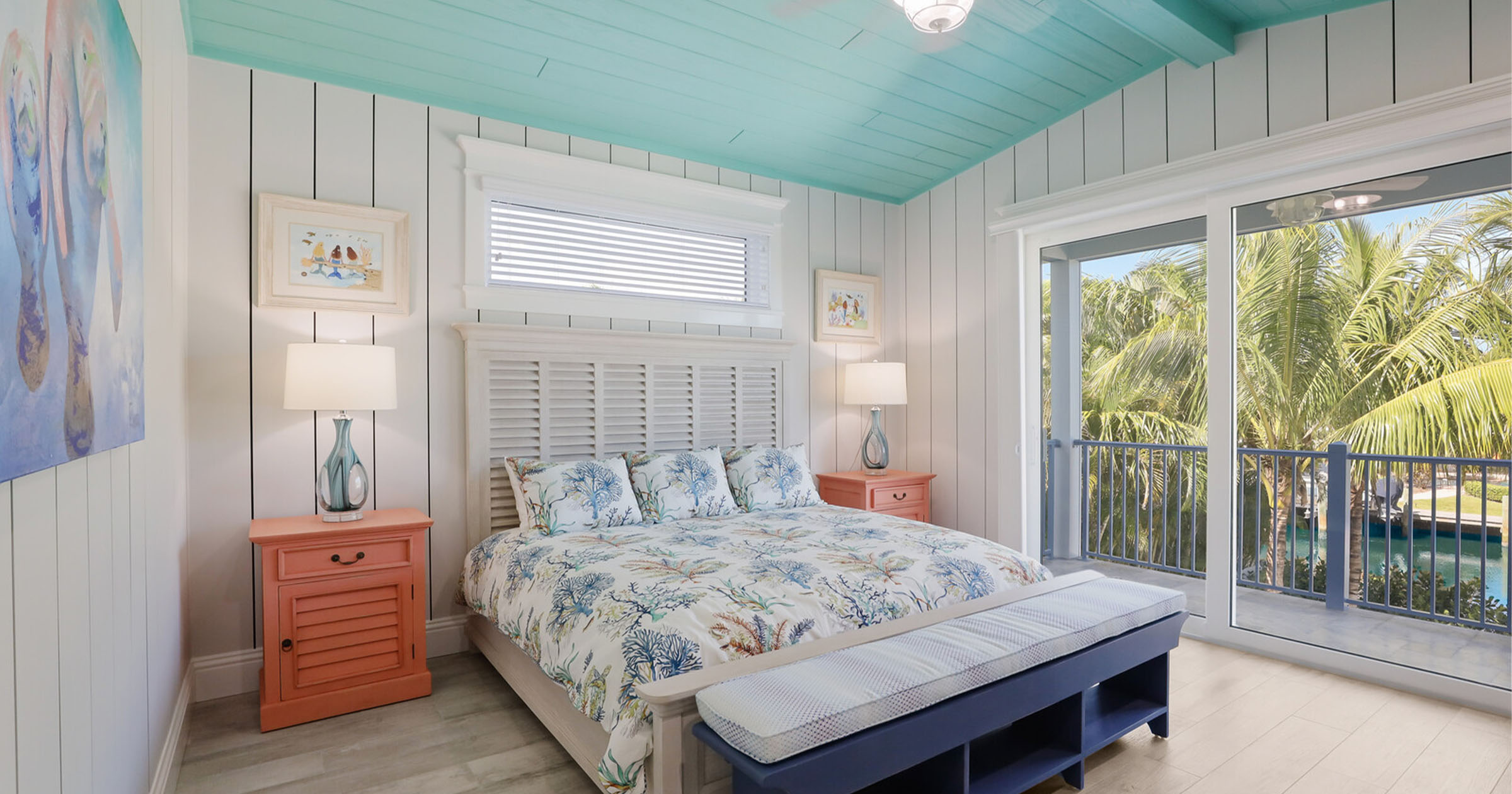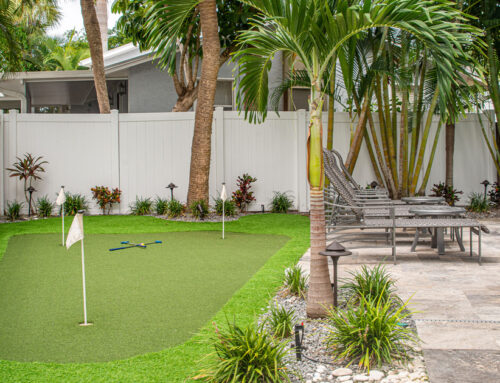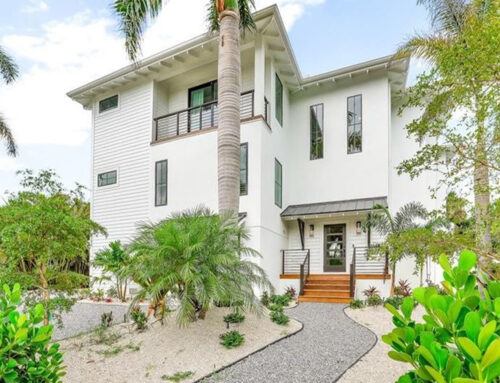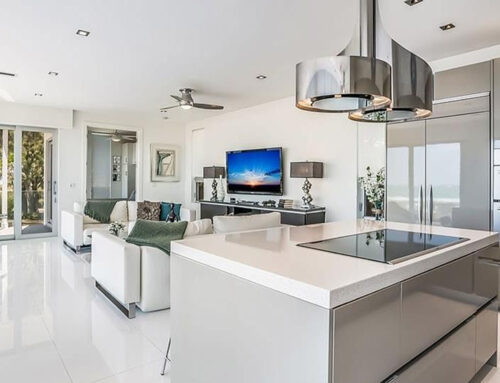The Implications of Interior Design on Mental and Emotional Health
Our living spaces significantly impact our mental and emotional stability. The art of effectively using the principles of home design to favour our everyday lives and moods is intriguing. This write-up discusses how interior design can affect our well-being positively and provides useful recommendations on creating living spaces that shape our daily life experiences positively.
The Correlation Between Home Design and Psychology
Interior design goes beyond creating spaces that are visually pleasing; it involves a deeper understanding of different psychological factors that can alter the course of our moods and behaviours. Elements such as color schemes, spatial layouts, and natural lighting play key roles in shaping our mental health. For instance, certain shades can stir a sense of tranquillity or excitement, and having access to natural light can heighten our mood, leading to increased productivity.
Designing Spaces with Health in Mind
The key to creating spaces that enhance well-being is designing environments that are not just visually appealing but radiate a profound sense of warmth and positivity. This process implies taking into account the functionality of space and aligning it with the living habits and needs of the occupants. A well-crafted interior can diminish stress, trigger creativity, and encourage healthy living habits.
Strategies to Enhance Well-being via Design:
Boost Natural Lighting: Employ large windows, glass-paneled doors, and well-positioned mirrors to amplify the natural light in your home, which is known to elevate mood and energy.
Thoughtful Color Selection: Opt for colors that embody the vibe you wish to establish in each room. For instance, shades like blue and green can generate a soothing ambiance. Conversely, yellows and oranges can inject energy into a space.
Nature Incorporation: Introducing elements of the natural world, such as indoor plants, aquatic installations, and natural fiber materials, can decrease stress levels, purify the air, and promote overall well-being.
Comfortable Interior: Ensure that your furniture aligns with your home’s aesthetics but also provides comfort and maintains your body’s optimal alignment.
Customize Your Living Space: Incorporating personal elements like family photos, artistic creations, and cherished objects can make a space appear homier and safer.
Understanding the Need for Functional Spaces
The functionality of a place is integral to the discipline of home design psychology. Spaces designed with a clear, tangible purpose or function can assist in managing clutter, streamline organization, and make routine tasks quicker to accomplish. A well-planned kitchen focused on ease of use, for instance, can make cooking an enjoyable and stress-free experience.
How Clutter Affects Us
Excessive clutter can trigger negative mental well-being implications, inducing anxiety and feeling overwhelmed. Creating a design that includes ample storage options and following a minimalistic style where practical can maintain a well-organised and calming home ambiance.
The psychology of home design accentuates the essence of deliberate and meaningful design choices in creating spaces that boost well-being. By grasively, we can shape our homes into retreats that foster our mental and emotional health. As we further unravel the link between space and well-being, it becomes apparent that the spaces we build are not merely living quarters but environments that mold our day-to-day encounters and overall life quality.




